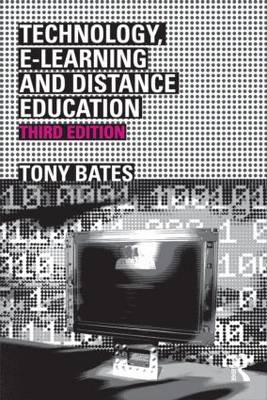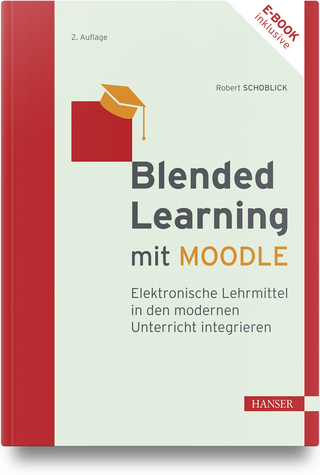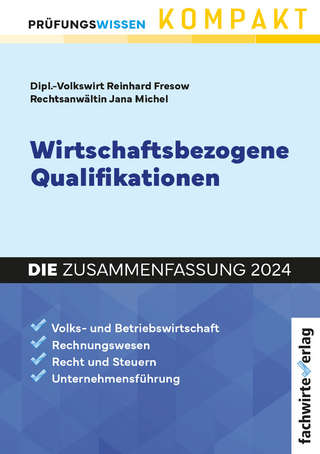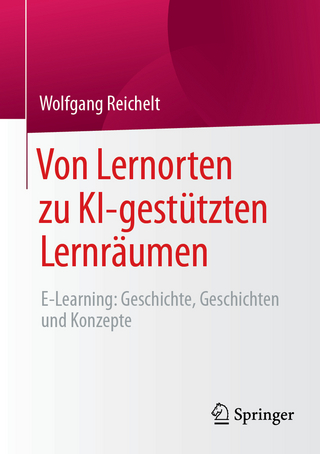
Technology, e-Learning and the Knowledge Society
Routledge (Verlag)
978-0-415-87776-3 (ISBN)
This definitive guide on how best to deliver e-learning materials clearly weighs the pros and cons of using different media in learning environments. Unlike books that just focus on good design or define teaching with technology as merely incoporating the internet and learning management systems, this much-anticipated new edition also discusses the relative roles of text, audio and video, and synchronous vs asynchronous. Award-winning author Tony Bates adapts and extends his popular model for the appropriate use of technology for teaching and learning, from distance education to campus-based teaching and learning. He provides concrete guidance for selecting technologies based on criteria of costs, learner differences, and organizational issues.
Extensively re-written from the second edition to take account of all the latest technologies, social networking, and organizational change, the book provides instructors, administrators and students with a practical set of guidelines on appropriate technology use, based on theory, research and experience. With a particular focus on Web 2.0 technologies and their implications for emerging pedagogy, the book is a valuable tool for anyone who wants provide an e-learning experience tailored to the needs of their learners.
Dr. Tony Bates is a private consultant specializing in e-learning in higher education. His blog (http://tonybates.ca) on resources for e-learning receives over 10,000 hits a month. Between 1995 and 2003, he was Director of Distance Education and Technology at the University of British Columbia, and Executive Director, Strategic Planning, at the Open Learning Agency, Vancouver from 2000-2005. Before that he was Professor of Educational Media Research at the British Open University. He is a member of the World Economic Forum's Global Advisory Council on Technology and Education. He has written nine books on distance education and learning technologies, and consulted in over 35 countries. Clients include the World Bank, OECD, UNESCO, Ministries of Education in several countries, state higher education commissions in the USA, Volkswagen AutoUni, the Open Universities of Catalonia and Portugal, the government of Alberta, and Southern Alberta Institute of Technology.
Preface to the third edition
1. Emerging trends: convergence and specialization in the use of technology in post-secondary teaching and learning
2. The impact of technology on educational institutions
3. A model for selecting and using technologies in education
4. The changing nature of learners and the implications for the use of technology
5. Costing educational technology
6. Matching technology to teaching and learning requirements
7. Re-organizing the academy to exploit the benefits of technology
8. Teacher vs learner control of learning: learning management systems and Web 2.0
9. What have we learned? Executive summary and discussion
References
List of resources
Index
| Erscheint lt. Verlag | 31.12.2023 |
|---|---|
| Reihe/Serie | Routledge Studies in Distance Education |
| Verlagsort | London |
| Sprache | englisch |
| Maße | 152 x 229 mm |
| Themenwelt | Schulbuch / Wörterbuch ► Unterrichtsvorbereitung ► Unterrichts-Handreichungen |
| Sozialwissenschaften ► Pädagogik | |
| ISBN-10 | 0-415-87776-8 / 0415877768 |
| ISBN-13 | 978-0-415-87776-3 / 9780415877763 |
| Zustand | Neuware |
| Haben Sie eine Frage zum Produkt? |
aus dem Bereich


